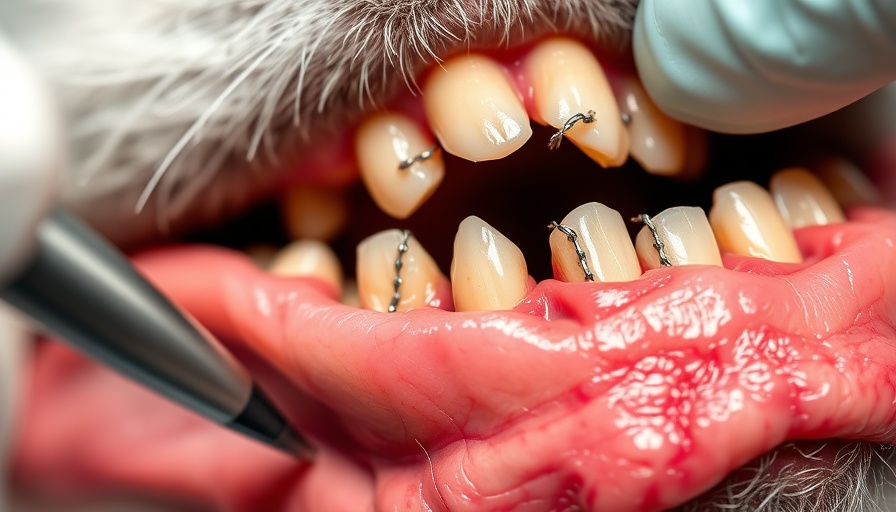
The Importance of Crown Amputation in Veterinary Medicine
Crown amputations, while a specialized procedure, play an essential role in veterinary practice. These surgeries are usually performed on cases of severe dental disease, trauma, or neoplasia affecting a tooth. Understanding the intricacies of crown amputations not only enhances veterinarians' skills but also significantly improves outcomes for patients. In a competitive veterinary landscape, enhancing surgical capabilities can also be a compelling factor for attracting more clientele to clinics.
Step-by-Step Guide to Crown Amputations
This section will outline the critical steps needed for performing a successful crown amputation, ensuring veterinary professionals have in-depth knowledge and confidence in this procedure:
- Step 1: Preoperative Assessment - Before any procedure, a thorough examination must be conducted. This includes assessing the oral cavity for signs of disease and ensuring the patient is stable for anesthesia.
- Step 2: Anesthesia - Administer the appropriate anesthetic protocol. Ensure that endotracheal intubation is performed to protect the airway, and monitor vitals throughout the process.
- Step 3: Site Preparation - Clean the surgical area using antiseptic solutions to reduce the risk of infection during and after the procedure.
- Step 4: Accessing the Target Tooth - Carefully cut through the gingiva to expose the root and determine the appropriate section for amputation.
- Step 5: The Amputation - Using the appropriate equipment, remove the crown section of the tooth, ensuring minimal trauma to surrounding tissues. Attention must be given to controlling bleeding during this process.
- Step 6: Closure - Once the crown is removed, close the gingival flap with sutures, ensuring it's secure to promote healing and prevent infection.
- Step 7: Postoperative Care - Provide guidelines for pain management and monitor the recovery, emphasizing the importance of follow-up visits to assess healing.
Enhancing Clinic Appeal with Advanced Surgical Techniques
Veterinary clinics that offer advanced surgical procedures like crown amputations can differentiate themselves in a crowded marketplace. By showcasing such capabilities on their website and in marketing materials, clinics can attract pet owners looking for comprehensive care options. Furthermore, providing educational content regarding these procedures can enhance trust and transparency with clients.
Common Myths About Crown Amputation
There are several misconceptions surrounding crown amputations:
- Myth 1: It's a Last Resort - Many believe that crown amputations are only performed when all other options have failed. However, in cases of severe dental issues, they can be a necessary and proactive solution.
- Myth 2: High Risk of Complications - While any surgery carries risks, with proper technique and patient assessment, crown amputations can be performed safely with a good success rate.
- Myth 3: Poor Quality of Life Post-Procedure - Often, owners fear that their pets will experience pain after a crown amputation. In reality, many animals experience improved quality of life as pain and infection from dental issues are addressed.
Future Trends: The Evolution of Veterinary Surgical Practices
As veterinary science evolves, so do surgical practices. Emerging techniques and technologies, such as the use of laser surgery or enhanced imaging tools, promise to redefine procedures like crown amputations, making them safer and more effective.
Conclusion: Embrace Surgical Excellence
For veterinary clinic owners and practitioners, understanding and offering specialized procedures such as crown amputations is crucial for enhancing patient care and clinic success. The insights shared here encourage practices to stay ahead of trends, adapt to new surgical techniques, and ultimately, lead the way in veterinary dental health. By embracing these methods, clinics can provide exceptional care, boost patient trust, and grow their client base.
 Add Row
Add Row  Add
Add 




Write A Comment